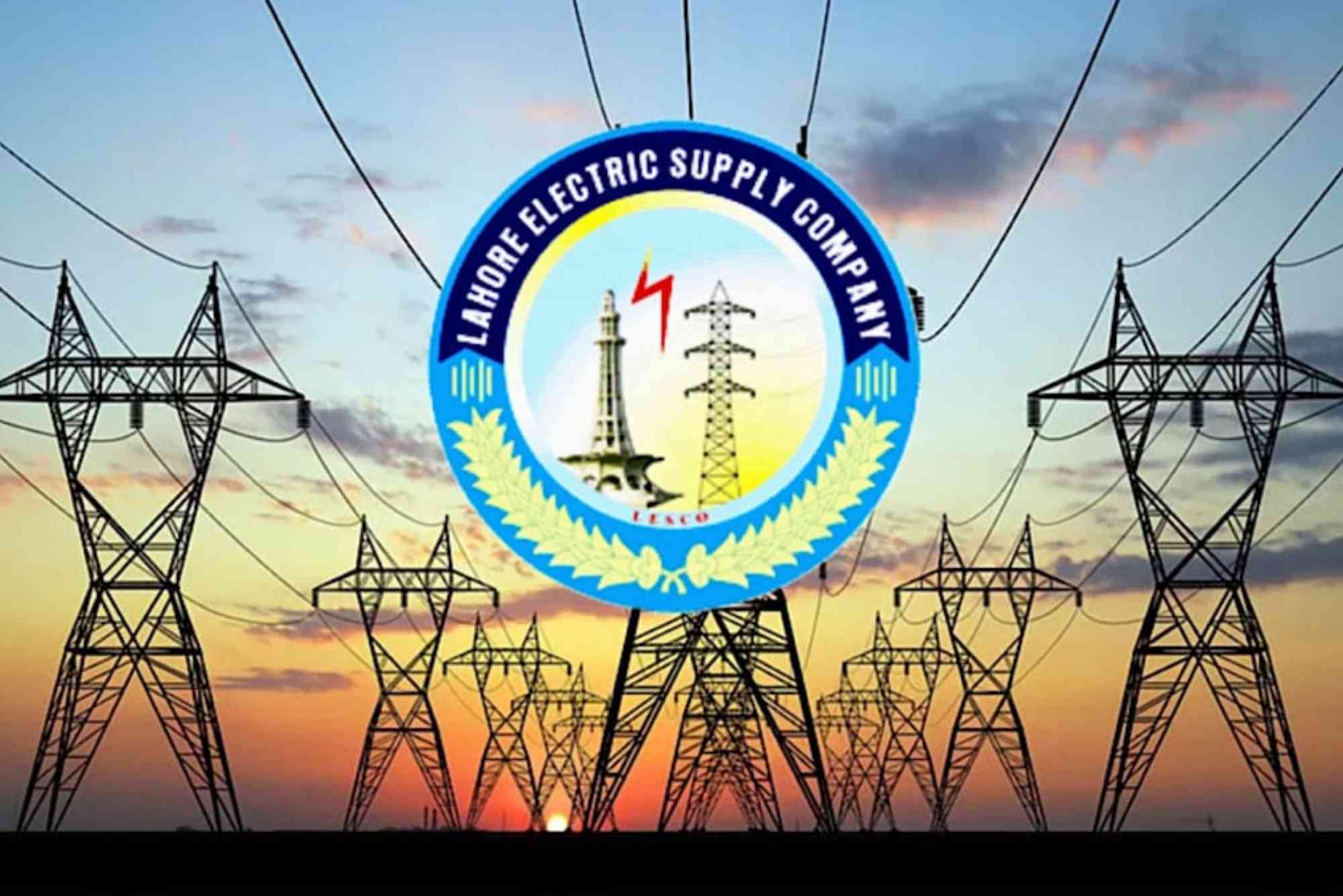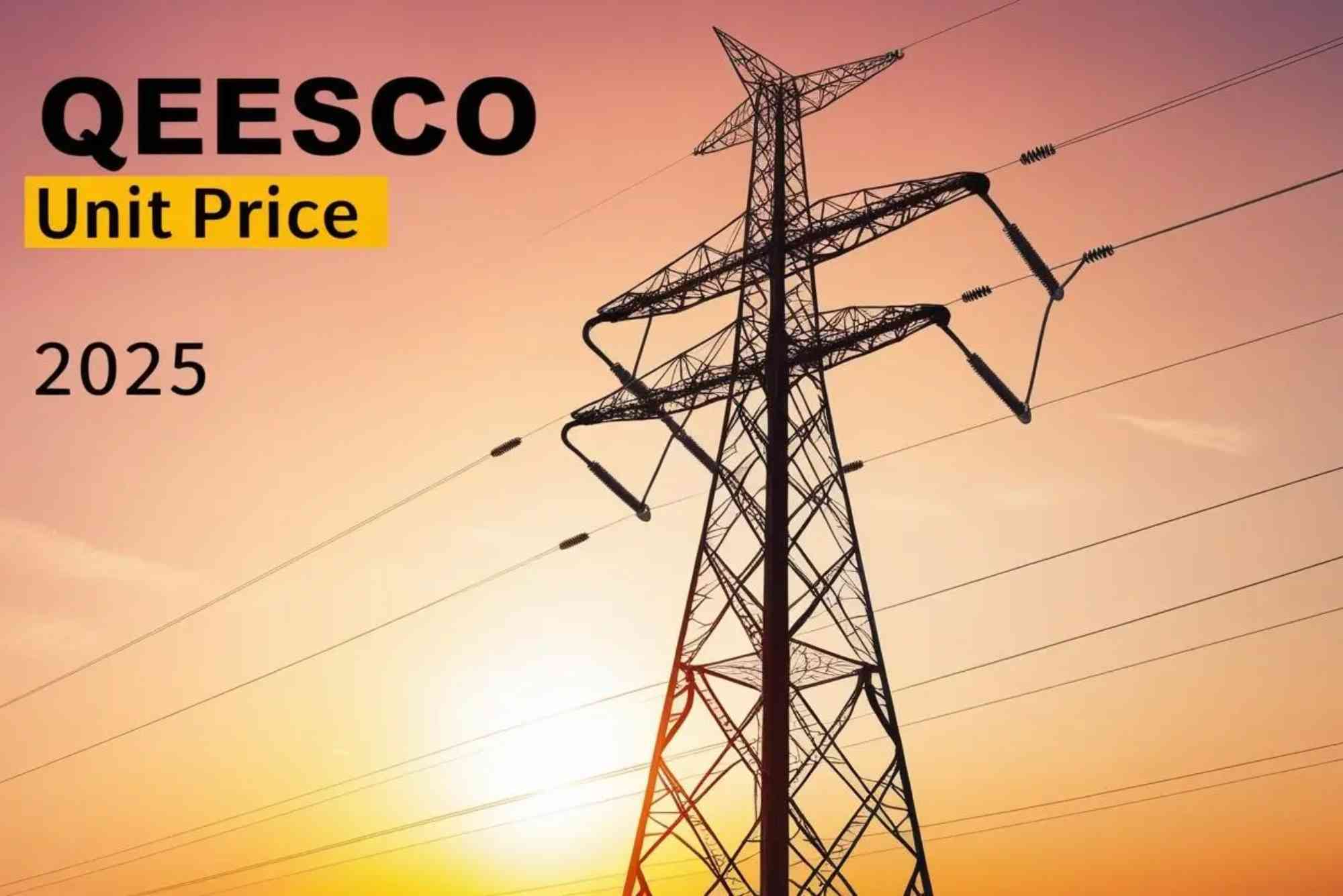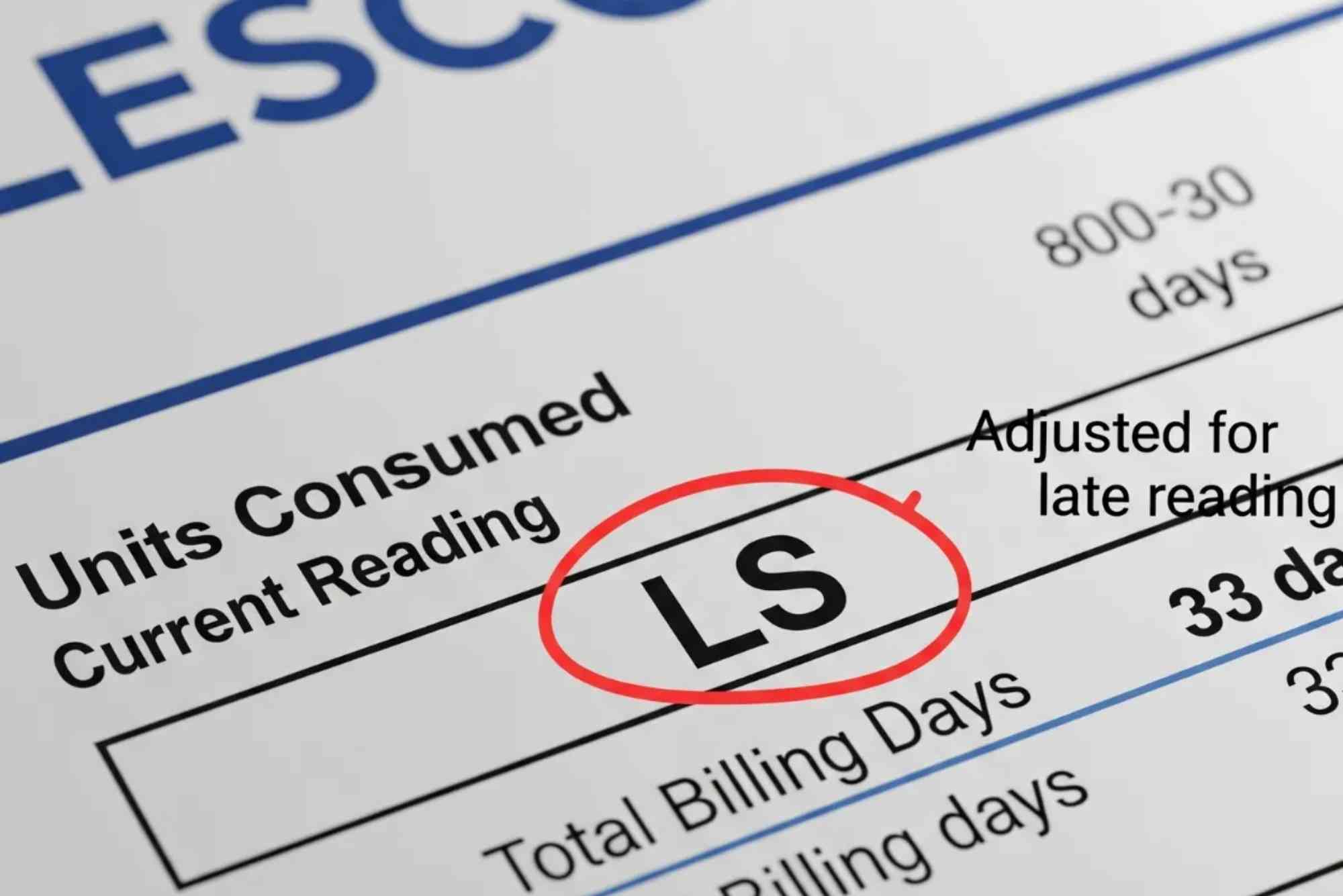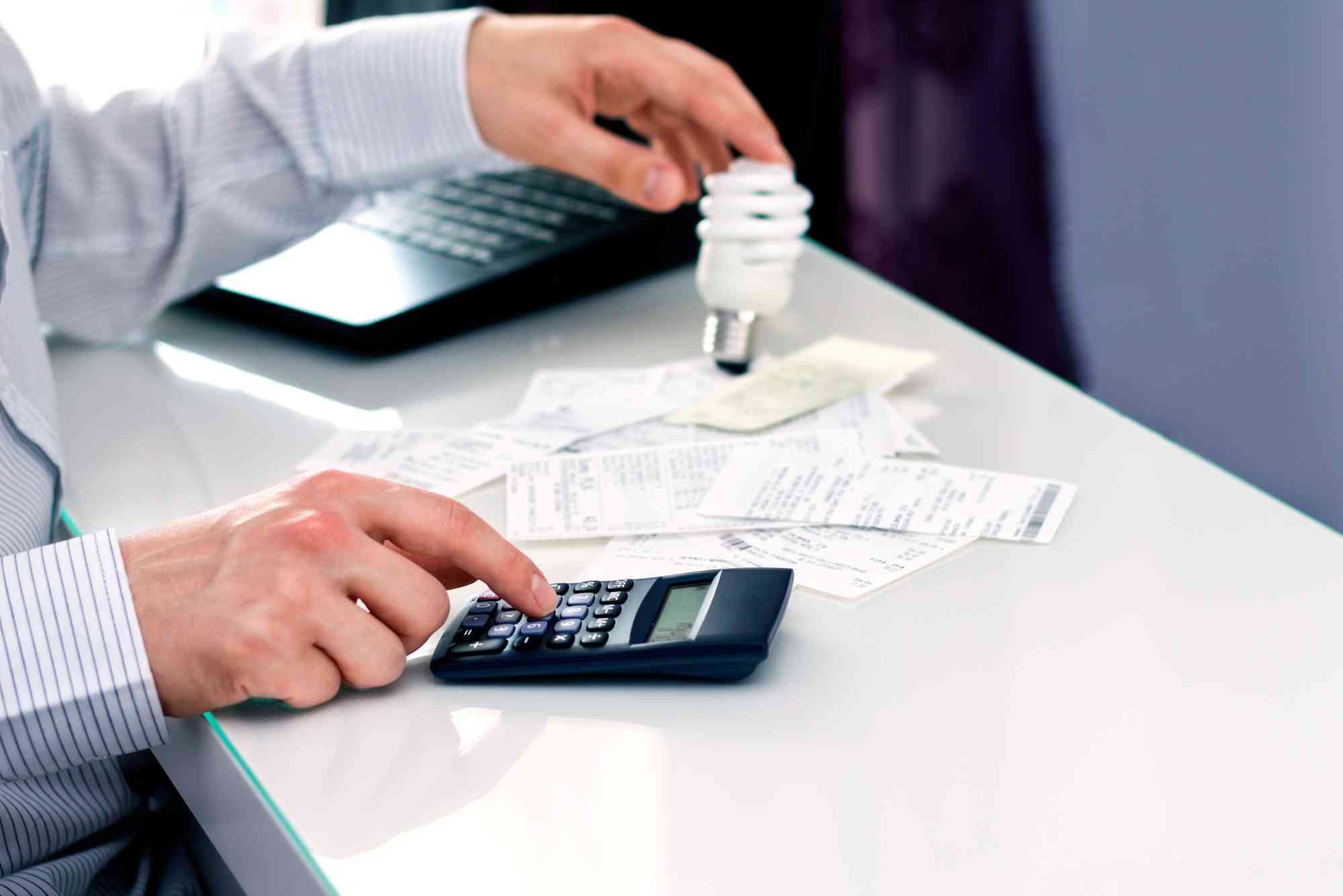Introduction
Understanding electricity tariffs in Pakistan can feel overwhelming, especially when you receive an unexpectedly high bill. This Complete Guide to Iesco Slab Rates (IESCO) explains everything in simple, clear language. Whether you are a homeowner, tenant, or business owner, this guide helps you understand how slab rates work, how your bill is calculated, and how you can reduce your monthly cost. The focus keyword is used naturally throughout the guide to improve clarity and search relevance.
IESCO provides electricity to Islamabad and its surrounding regions. Its slab-based billing system ensures fair charging, but without proper knowledge, many consumers pay more than necessary. By the end of this guide, you will know how slab rates influence your bill and how you can manage them effectively.
Complete Guide to Iesco Slab Rates (IESCO)
What Are IESCO Slab Rates?
IESCO slab rates are tiered electricity charges based on how many units you consume in a month. As your consumption increases, your tariff rate rises. This system encourages consumers to save energy and avoid entering higher slabs.
Why Slab Rates Matter
Understanding slab rates matters because even a slight increase in units can shift you into a costlier category. With correct knowledge, you can track your usage and stay in a cheaper slab.
How IESCO Calculates Your Bill
Understanding Unit-Based Billing
IESCO calculates the bill using monthly meter readings. Units are divided into slabs, and each slab has a fixed rate. Your bill reflects charges from all slabs up to your consumption level.
Key Components of Your Electricity Bill
Your electricity bill includes more than unit charges. It also includes:
- Fuel price adjustments
- Government taxes
- TV license fees (for some users)
- Additional charges for high energy usage
Each component affects your total payable amount.
IESCO Domestic Slab Structure
Monthly Unit Slabs
Domestic consumers fall into these general slabs:
1–50 Units
This slab has the lowest tariff and supports low-income households.
51–100 Units
Slightly higher than the first slab but still affordable.
101–200 Units
Many households fall into this category.
201–300 Units
Crossing this slab greatly increases the bill.
301–700 Units
Higher consumption leads to noticeably higher costs.
Above 700 Units
This slab has the highest tariff.
How Slab Shifting Affects Your Bill
Crossing Slabs Increases Cost
Even if you cross by one unit, you may fall into a more expensive slab.
Incremental Slabs
IESCO uses incremental billing, meaning you pay different rates for different unit blocks, not a flat rate for all units.
Impact of Seasonal Consumption
Summer usually increases consumption due to cooling appliances. Online Bill Check Understanding slab changes can help you plan usage during high-demand months.
Practical Example of IESCO Slab Billing
How a 250-Unit Consumer Is Charged
A consumer using 250 units will be charged:
- First 100 units at lower rates
- Next 100 at a slightly higher rate
- Remaining 50 units at an even higher rate
This calculation demonstrates how slab-based billing works in layers.
Common Mistakes by Consumers
- Assuming all units are charged at the current slab
- Ignoring seasonal usage patterns
- Not monitoring daily consumption
Tips to Reduce Your Electricity Bill
Track Your Daily Usage
Monitoring consumption helps you avoid crossing into higher slabs.
Use Energy-Efficient Appliances
LED bulbs, inverter ACs, and efficient fans reduce monthly units.
Reduce Peak-Time Load
Use heavy appliances during off-peak hours to lower additional charges.
Maintenance of Electrical Devices
Poorly maintained appliances consume more energy and raise consumption.
Complete Guide to Iesco Slab Rates (IESCO) for Businesses
Commercial Tariffs
Commercial users have different tariff structures without slab-based billing. IESCO Online Bill Check Their charges depend on load type, sanctioned load, and meter category.
Industrial Tariffs
Industrial consumers receive rates based on tariffs, connected load, and peak-hour usage.
Why Businesses Must Audit Usage
Regular energy audits help businesses reduce unnecessary load and avoid expensive tariffs.
Government Taxes and Additional Charges
Fuel Price Adjustment (FPA)
FPA fluctuates monthly based on international fuel prices.
Sales Tax and Duties
Your bill includes government taxes that vary by category.
Quarterly Adjustments
Quarterly tariff adjustments may increase or decrease the bill.
Load Management and Its Effect on Bills
Understanding Peak Hours
High usage during peak hours increases total cost.
Shifting Usage
Using heavy appliances during off-peak hours reduces your bill.
Demand Control
Cutting unnecessary load avoids entering higher billing categories.
Common Consumer Issues Explained
Sudden High Bill
Often caused by entering a new slab or seasonal usage changes.
Meter Reading Problems
Incorrect readings can raise your bill. Keep a record of your meter.
Estimated Bills
When meter readings are missed, estimated billing is applied, which may be higher.
How to Stay Within Affordable Slabs
Plan Monthly Consumption
Divide your expected usage across the month to avoid spikes.
Use Smart Devices
Smart plugs help track and limit high-energy appliances.
Replace Old Appliances
Older devices consume more energy and push you into higher slabs.
FAQs (Real “People Also Ask” Questions)
What is the IESCO slab system?
It is a tiered billing structure where electricity charges increase as monthly consumption rises.
How can I reduce electricity bill in IESCO?
Reduce usage, use efficient appliances, and avoid crossing higher slabs.
Why does my IESCO bill increase even with low usage?
Your bill may rise due to FPA, taxes, or crossing a slab threshold.
What happens if I use more than 300 units?
You enter a higher slab and pay significantly more per unit.
How are IESCO bills calculated?
Bills are calculated based on unit slabs, fuel adjustments, and taxes.
Does using AC increase slab rates quickly?
Yes. ACs consume high units and often push users into expensive slabs.
Understanding your electricity tariff is essential for managing monthly expenses. This Complete Guide to Iesco Slab Rates (IESCO) equips you with the knowledge to track usage, avoid high slabs, and reduce your bills smartly. By applying these insights, you can maintain control over your household or business energy costs.
















